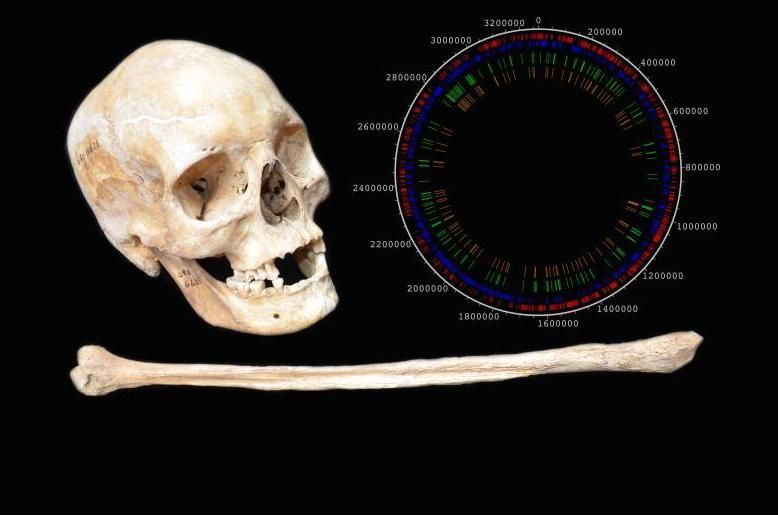Podcast: Play in new window
BOB HIRSHON (host):
Reconstructing medieval leprosy. I’m Bob Hirshon and this is Science Update.
From five human skeletons, scientists have genetically reconstructed a bacterium that caused leprosy in Medieval Europe. Microbiologist Stewart Cole, of the Federal Polytechnic School in Lausanne, Switzerland, was on the international research team. He says the pathogen’s thick, waxy coating kept its DNA remarkably well-preserved for a thousand years.
STEWART COLE (École Polytechnique Fédérale de Lausanne, Switzerland):
If you think of the DNA as being a wick in a candle, it’s completely covered by wax, and so protected from degradation in that way.
HIRSHON:
According to Cole, the quality was so high that he plans to look in even older skeletons, like Egyptian mummies, that have bone deformities typical of leprosy victims. Cole says tracing the bacterium’s mutations through history may help control the disease, which still infects about 200,000 people per year worldwide. I’m Bob Hirshon for AAAS, the Science Society.

